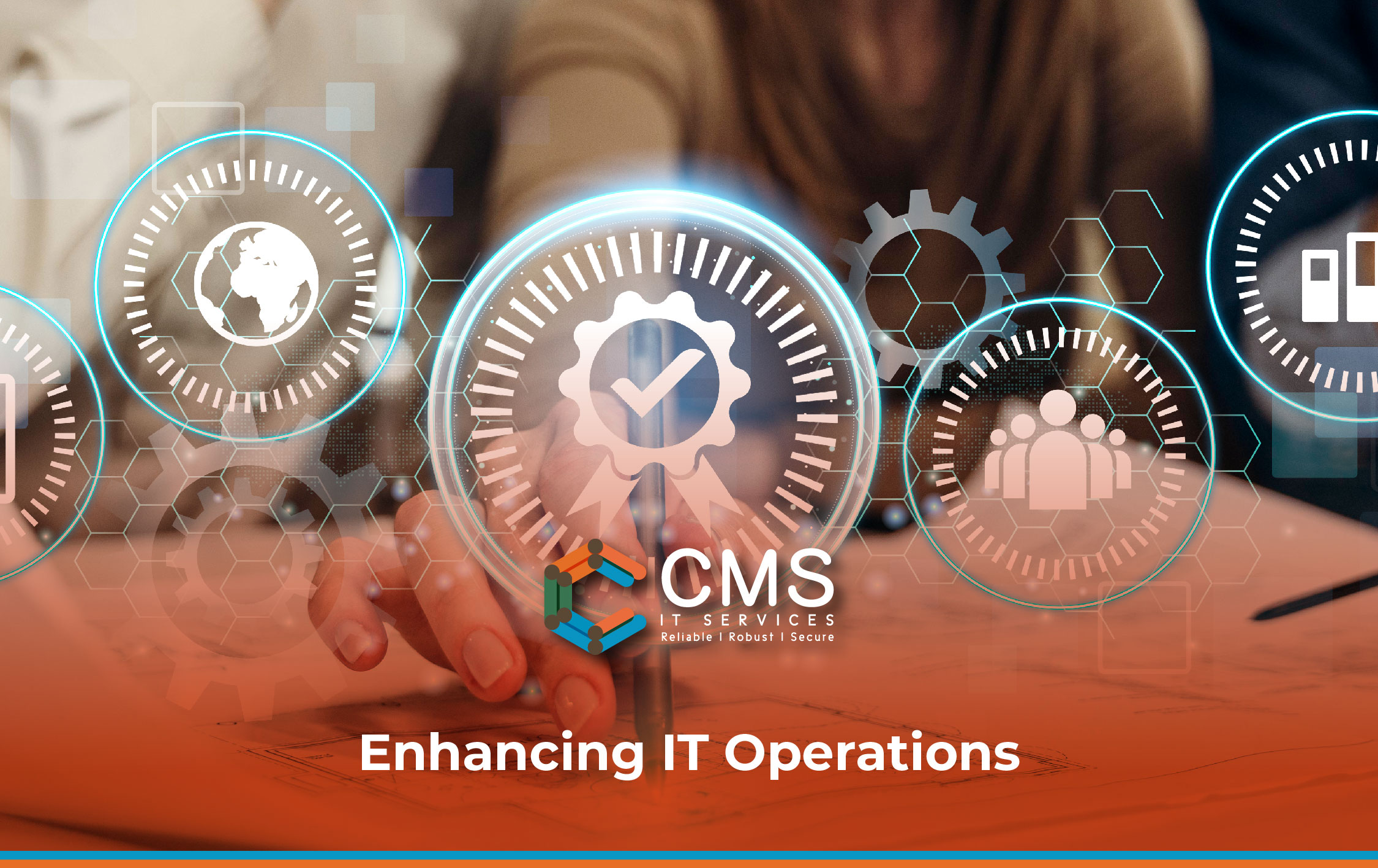IT isn’t merely a department anymore but a strategic realm. The efficiencies or inefficiencies of IT can prove instrumental enough in driving customer and employee engagement and consequently a company’s success. Thus, only managing IT and user experience management don’t suffice. Instead, enhancing contemporary IT operations requires companies to make various strategic efforts. Phygital IT delivery is one of them. But that’s only one aspect. We shall look at a few more strategic initiatives.
5 Potential Strategic Initiatives Companies Can Take to Enhance IT Operations
Modern IT operations are a complex web of individual and intertwined technologies, systems, and applications. Each has a unique need to which companies should cater and do what it takes to ensure harmonious functioning and derive optimal value. Here are some generic strategies companies can focus on in their endeavor to enhance IT operations.
1. Phygital IT Delivery
Phygital IT delivery, as you might have already guessed, signifies a blend of physical and digital (online and offline IT environment) to enhance employee engagement and customer experience. It refers to a connected environment that helps create companies a win-win situation for their customers and themselves.
Some examples include interactive product descriptions, QR codes in eCommerce, wearable technology, and interactive kiosks.
2. Automation
Automation isn’t just a technical move anymore but a strategic one. The benefits are apparent. Automation helps automate and streamline various workflows and processes that were once time-consuming and arduous. While saving time though, automation also helps reduce operational costs, expedite tasks, and ensures better user experience management by improving and fast-tracking customer service.
3. Go Cloud!
Cloud doesn’t need an introduction, as every organization has moved to the cloud to varying extents. Migrating to the cloud has its advantages, including but not limited to a single centralized access to all documents, increased security through authority-based access, reduced storage costs, and increased scalability. While you can decide whether to keep everything in a private cloud, public cloud, or hybrid one, cloud in any form, when chosen appropriately, can benefit you in the long run. Hence, moving to the cloud has become as crucial as automation if not more.
4. Focus on User Experience Management
Modern-day IT is more user-centric. Rather it has to be, as users are the nucleus of every technology and application. Accordingly, integrating technologies like the cloud and automation, ensuring regular and timely technology updates, streamlining troubleshooting, investing in user training and guidance, streamlining technical support, etc., are a few steps you can take to enhance your user experience.
5. Outsource IT
As we said earlier, managing contemporary IT operations isn’t as straightforward as it might have been earlier. They are much more complex. Hence, they demand dedicated IT resources, building, and nurturing which could consume time, money, and effort.
Outsourcing IT proves a prudent solution, as it helps you decide on building the right kind of environment, enhance employee engagement by streamlining workflows and processes, integrating the right set of technologies, ensuring regular updates, rendering technical support, and covering many other aspects.
It depends on the kind and scope of your engagement with the IT outsourcing company. Nevertheless, the result is reduced cost and lesser time spent managing IT in-house.Earn your IT operations a strategic edge with CMS IT Services. With proven expertise and experience in managing complex enterprise IT operations, we craft highly personalized IT strategies, including automation, cloud, Phygital IT delivery, etc., to help you optimize the value of your IT environment and expedite your journey towards IT excellence. Please email us at inquiry@cmsitservices.com to explore our strategic IT offerings.
